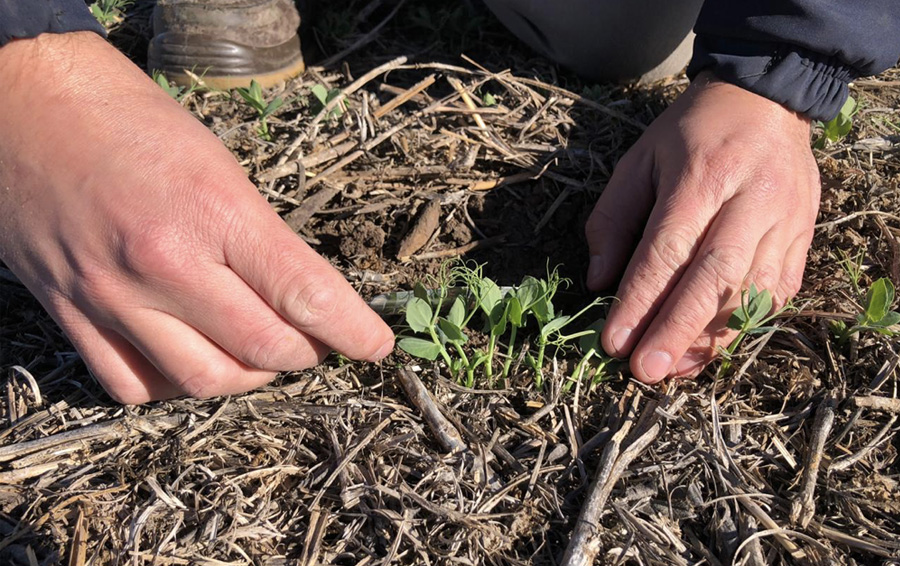August 3, 2020
Strong green pea prices generated grower excitement, but dry conditions curbed seeding intentions.


Photo courtesy of Ronalb.
Last year, Argentine growers did well with green peas. In 2019, prices had become attractive again for the first time since Canada’s record 2013 crop glutted the market and sent them crashing below yellow pea levels. That combined with weak wheat prices set the stage for a greater number of hectares to be seeded to green peas this year.
But the strong grower enthusiasm was curtailed by dry conditions that have persisted in much of the country for the past several months.
“We haven’t gotten much rain since December,” says Lucas Genero of Agrofin.
Argentina’s dry pea area has expanded in recent years to the provinces of Entre Rios, Cordoba, Tucuman and Salta, and to the southeastern region of Buenos Aires province. The major growing area, however, remains the same. The region that straddles northwestern Buenos Aires Province and southwestern Santa Fe Province still accounts for 80-90% of the country’s total dry pea production.
On the Santa Fe side, Ingrid Renzone of Ronalb says there were some planting delays as growers held out hope for additional moisture that didn’t materialize. In a normal year, she says, planting would have wrapped up before the end of July. But this year, if the long-awaited rains do come, growers may be seeding peas into early August.
On the Buenos Aires side, about 9 mm of rain fell in mid-July and soil moisture levels are just enough for peas, says Federico Arostegui from Uranga Trading. The additional moisture saw growers seed peas in fields they had previously given up on, relates Genero. The planting window for peas closes at the end of July. Seeding peas beyond then puts them at risk of harvest rains, which can cause bleaching and spotting on green peas. For that reason, if rain should fall in the coming days, growers are more likely to seed yellow peas instead.
“Peas don’t require much water, but they do need some,” says Genero. “If conditions remain dry during the growing season, yields won’t be what we expect and will likely be lower than what we saw last year. We are hoping for some spring rains to at least get average yields.”
Weather forecasts, however, haven’t been that encouraging, with below average precipitation prognosticated for much of the major growing area through September. For now, Renzone reports crops are emerging and the impact of the dry conditions has been limited to seeding delays and dissuading some growers from moving forward with their full planting intentions.
In the absence of official numbers, sources offer wide ranging estimates of Argentina’s 2020 dry pea area. The most detailed figures were provided by Agrofin, which recently conducted field surveys. It estimates 70,000 hectares were seeded to dry peas this year, up from 50,000 hectares the previous year. Of that total, 65,000 hectares were seeded to green peas (up from 40,000 ha. in 2019) and 5,000 hectares were seeded to yellow peas (down from 10,000 ha. in 2019).
Argentina’s dry pea crop will be harvested in November.
READ THE FULL ARTICLE
Three-month weather forecast from Argentina’s National Meteorological Service. The major dry pea growing area is indicated by the red rectangle.
Photo courtesy of Agrofin.
Source: Agrofin
Disclaimer: The opinions or views expressed in this publication are those of the authors or quoted persons. They do not purport to reflect the opinions or views of the Global Pulse Confederation or its members.